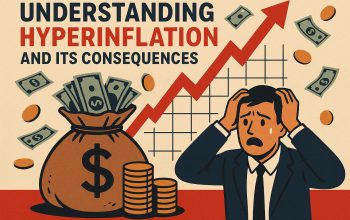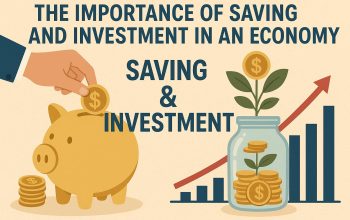The Role of Government Policies in Economic Stability
Government policies are fundamental components that shape the economic stability of any nation. These policies intricately influence a variety of economic indicators, including inflation, unemployment, and GDP growth, among others. Two primary tools governments use to steer economic activity are fiscal and monetary policies. Each plays a distinct role in guiding the economic direction of a country and ensuring its long-term prosperity.
Fiscal Policy
Fiscal policy involves making decisions about government spending and taxation. It is a powerful tool for influencing a nation’s economic demand. For example, during periods of economic recession, a government might opt to increase its spending or reduce taxes. Such fiscal expansion is an intentional move to stimulate economic growth. By doing so, consumer spending may rise, businesses might invest more, and as a result, job opportunities could expand, collectively leading to a boost in economic output.
However, there is a careful balance to be struck with fiscal policy. Excessive government spending might, over time, result in a significant accumulation of public debt. High levels of debt can pose challenges to long-term economic stability because it may limit a country’s ability to respond to future economic downturns. Therefore, while short-term economic support is crucial, it is equally important for governments to pursue fiscal policies that are sustainable in the long run. For those seeking more in-depth information about fiscal policies, the International Monetary Fund offers extensive resources on this topic.
Monetary Policy
Monetary policy is primarily managed by a nation’s central bank. This policy involves controlling the money supply and setting interest rates to curb inflation and stabilize the currency. Central banks have the capability to influence economic growth by adjusting interest rates—raising or lowering them depending on the economic situation. When interest rates are reduced, borrowing becomes more affordable, encouraging both consumer spending and business investments. This often acts as a catalyst for economic activity.
Conversely, when inflation is on the rise, central banks may increase interest rates. Doing so generally curtails borrowing and spending, helping prevent the economy from overheating but simultaneously putting a brake on rapid economic expansion. The effectiveness of monetary policy is heavily dependent on timing as well as external factors such as global economic trends; central banks need to consider all these aspects meticulously to maintain economic balance. More detailed insights into monetary policy can be found on the Federal Reserve’s official website.
Regulatory Policies
Regulatory policies are an extensive array of governmental regulations that impact various industries and economic activities. These regulations ensure healthy market competition, safeguard consumer rights, and address pressing environmental issues. While regulations are essential for maintaining order and fairness, overly stringent regulations can have the unintended consequence of stifling innovation and imposing heavy compliance costs on businesses. This, in turn, can hinder economic growth and development.
Therefore, it is crucial for governments to regularly review and refine these regulations, ensuring they remain relevant with the ever-changing economic conditions and technological progress. Achieving this balance is vital for nurturing an environment where businesses can thrive while still protecting the wider public interest.
Trade Policies
Trade policies encompass strategies like tariffs, import quotas, and trade agreements, which have profound effects on a nation’s economic stability. By manipulating these mechanisms, governments can protect domestic industries from foreign competition and encourage the growth of exports. However, imposing protectionist measures can backfire. Other nations might retaliate, leading to trade wars that can adversely impact global economic stability.
To mitigate such risks, governments frequently engage in negotiations to form trade agreements that benefit all parties involved. These agreements foster stronger bilateral and multilateral relations, promoting smoother international trade exchanges. Understanding the intricacy of trade dynamics is essential, as they contribute to the fabric of global economic interdependence.
Conclusion
In conclusion, there is an inextricable link between government policies and a nation’s economic stability. Strategic formulation and implementation of policies in the areas of fiscal management, monetary regulation, industry standards, and trade practices enable governments to navigate complex economic landscapes. As external pressures such as fluctuations in global markets and geopolitical tensions mount, the adaptability and resilience of these policies become increasingly important. Through thoughtful and well-calibrated policies, governments have the potential to foster a stable, thriving economic environment that supports both current and future generations.
This article was last updated on: June 16, 2025




